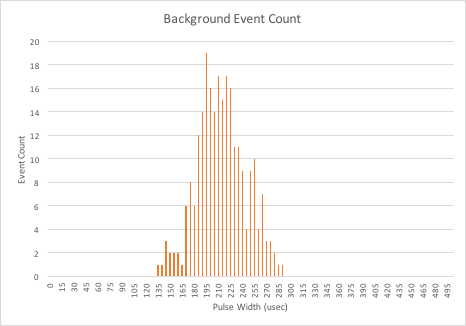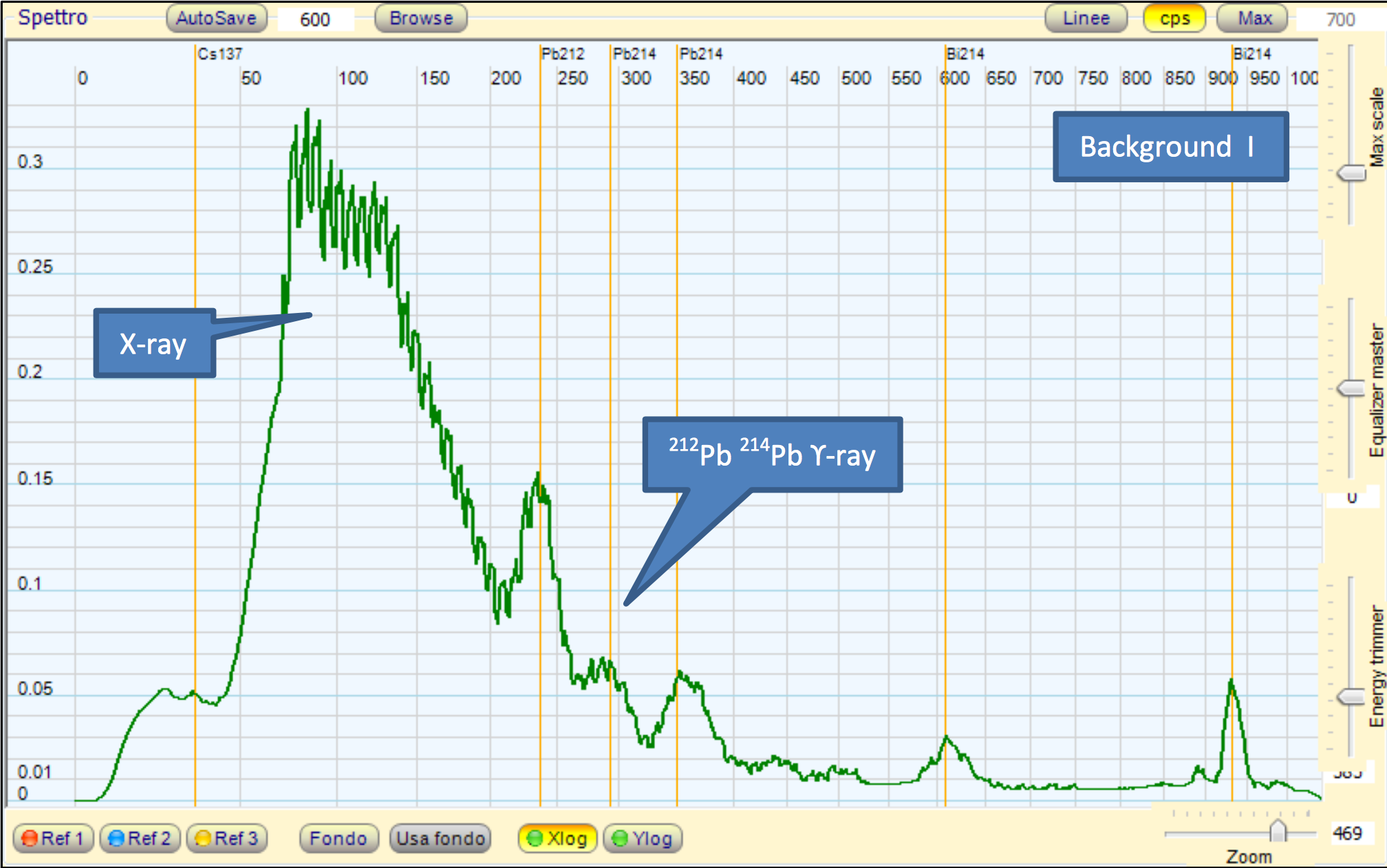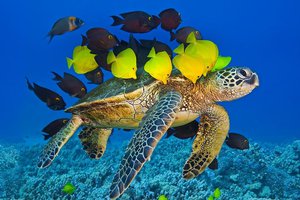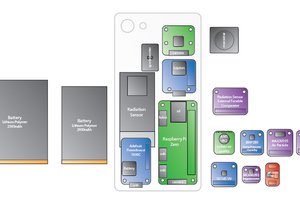The S4 (Small Satellites for Secondary Students) student satellite system is an opportunity to do science experiments as rocket and balloon science payloads targeted to middle and high school students - but also useful to a much wider range of curious learners. It is based on over 20 years of the international ARLISS program of university and high school student payloads that invented CanSats, CubeSats and autonomous recovery satellite robots. It uses the PocketQube format for small satellites that is the inevitable successor to CubeSats and CanSats via Moore’s Law.
The S4 vision is to imagine a progression of science experiments rooted in missions on the ground or on small rockets such as TARC, progressing to missions to a few thousand meters on high power hobby rockets (like ARLISS), extending to sounding rocket or high altitude balloon missions to tens of kilometers high in stratosphere and exosphere (like ARLISS Extreme) and eventually to PocketQube missions deployed into Low Earth Orbit. Each step challenges student imagination and abilities with an incremental increase in scope, risk and cost - based on a common platform.
The wide range of sensors and extensibility of the S4 system allow for missions in the atmosphere or the ground (and eventually space!) that are largely only limited by the learner’s imagination and are tantalizing close to the capabilities of Star Trek’s tricorder.
- Atmosphere science measuring aerosols, dust, radioactive residue, organic compounds, lightning, temperature, pressure, humidity, gas content;
- Measurement of ground and vegetation using visible and infrared light imaging and image processing;
- Vehicle dynamics measuring drag, vehicle orientation, position, trajectory using GPS, accelerometers, gyros, magnetometers, temperature sensors;
- Airframe control for recovery thru servos and/or pyrotechnics;
- Satellite recovery after apogee deployment via parachute or mechanically actuated recovery like steerable parasails or parawings with autonomous guidance;
- Cosmic gamma ray spectrometer analysis in the exosphere.
Each 2019 S4 satellite payload is inspired by the new standard PocketQube picosatellite format (in the 1p format, 5 cm on a side, in the 1.5p format - 5 x 5 x 7.5 cm, ~300 gm) - invented by Professor Bob Twiggs, inventor of CanSats and co-inventor of CubeSats. Each S4 satellite contains a portfolio of sensors and is programmed as an advanced Internet of Things Cortex ARM computer. Configurations with minimal sensors can be as inexpensive as $50, and full-up configurations with multiple sensors and telemetry can reach over $200. Core data collection loops can exceed 20 Hz, with multi sensor collection loops delivering 5-10 Hz.
S4 collects data locally on the satellite in non-volatile flash memory. Higher end S4 payloads can add real time radio telemetry using modern spread spectrum long range radio communications to communicate to ground stations and download real-time telemetry from the mission and track payloads via GPS.
The system is extensible and new sensors can be added to each S4 satellite for new and different missions. Users can make use of the default sensors and mission programming or add new sensors and programming.
S4 satellites are designed to be flown on rockets as small as TARC rockets or drones that fly a standard hen’s egg size payload on F and G motors to 1000’ up to high power sounding rockets or balloons that reach the top of the stratosphere. S4 satellites can be configured for either captive flights or to be deployed at apogee on a recovery device (such as a parachute) for independent descent. The PocketQube format allows for an incremental transition to an ultimate space capable packaging suitable for LEO deployment.
The S4 program anticipates rapid technology changes in platforms and sensors and has tried to standardize on common...
Read more » Ken Biba
Ken Biba




 Danie Conradie
Danie Conradie
 peter jansen
peter jansen
Very interesting